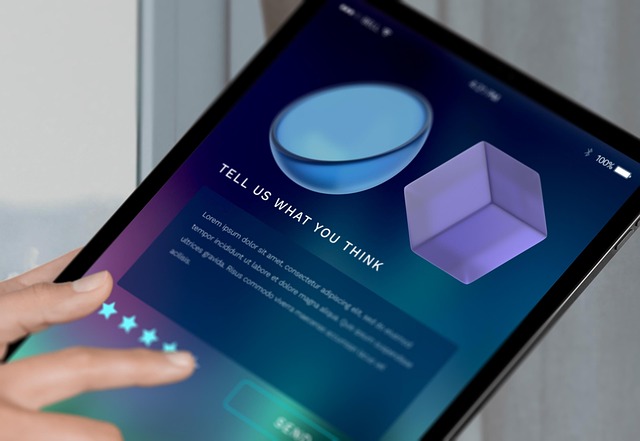Reducing input latency across wireless and touch environments
Input latency — the delay between a user action and the system’s response — affects perceived responsiveness across wireless controllers, touchscreens, and traditional desktop inputs. Reducing that delay requires a combination of hardware choices, software design, and measured trade-offs in networking, sampling, and rendering. This article outlines practical, evidence-based strategies for designers and engineers to lower end-to-end latency across mobile and desktop contexts while preserving usability, accessibility, and reliable telemetry for optimization.

How can controls be optimized for lower latency?
Optimizing controls starts with reducing the time between a physical action and the software receiving an event. On the hardware side, choose controllers and sensors that report at higher polling rates and support lower transmission intervals. On the firmware and driver level, prefer interrupt-driven input handling over long polling loops to minimize jitter. Software should batch processing where appropriate but avoid introducing frame-aligned waits that add a full-frame of delay. Profiling input paths end-to-end—controller, OS, driver, and application—helps locate bottlenecks.
How does UI and input design affect latency?
UI design and input handling choices can add or subtract dozens of milliseconds. Prioritize immediate visual feedback (e.g., pressed states) rather than waiting for expensive logic to complete. Use asynchronous patterns for heavy computations so the main input thread can acknowledge events quickly. Simplify hit detection and event propagation for frequent interactions. When animations are involved, consider predicted or extrapolated states to make the UI feel more responsive even if final logic completes later.
How to reduce latency on mobile and touch environments?
Mobile touch latency depends on sampling rate, touch-processing pipeline, display refresh, and compositor timing. Reduce software-side touch buffering and avoid synchronizing touch processing to slower update tiers. Use platform APIs that expose raw touch events when available, and enable high-frequency sampling modes on devices that support them. For mobile rendering, align application frames to display refresh while minimizing time spent between input sampling and frame submission. Networked mobile interactions require additional strategies such as client-side prediction and latency compensation.
How do controllers and haptics influence latency?
Wireless controllers introduce radio and protocol delays that vary by technology (Bluetooth LE, proprietary RF). Select controllers with low-latency modes and make use of host-side optimizations like native protocol drivers and reduced retransmission timers. Haptic feedback should be triggered as early as a confirmed user interaction to create a perception of responsiveness; lightweight, local haptic effects can be invoked immediately while heavier feedback is queued. Balance haptic timing to avoid masking actual action completion or causing perceived lag.
How can telemetry and analytics help measure and improve latency?
Instrumentation is essential: capture timestamps at every stage—input sampling, OS event dispatch, game/application receive, render start, and frame presentation. Collect telemetry on variance (jitter) as well as mean latency, and segment by device, OS version, and wireless conditions. Analytics enable targeted optimizations where the greatest user impact exists. Ensure telemetry respects privacy regulations and sampling limits so measurements reflect real-world conditions without excessive overhead.
How to design for accessibility and robust UX under latency?
Accessibility considerations require predictable and consistent feedback rather than just minimal latency. For users with motor or sensory impairments, provide adjustable input settings (debounce, dwell times) and clear visual or auditory cues that confirm actions. Where latency is unavoidable, make delays explicit (progress indicators, contextual hints) and avoid timeouts that penalize slower interactions. Designing flexible input mappings and configurable sensitivity improves inclusiveness while allowing latency-focused optimizations for users who prefer faster responses.
Conclusion Reducing input latency across wireless and touch environments is a multidisciplinary task that blends hardware selection, firmware and driver settings, software architecture, and careful UX design. Measured telemetry drives effective trade-offs between responsiveness and reliability, and accessibility-focused choices ensure that latency improvements benefit a wide range of users. Iterative testing across representative devices and network conditions remains the most reliable path to consistent, low-latency interactions.





